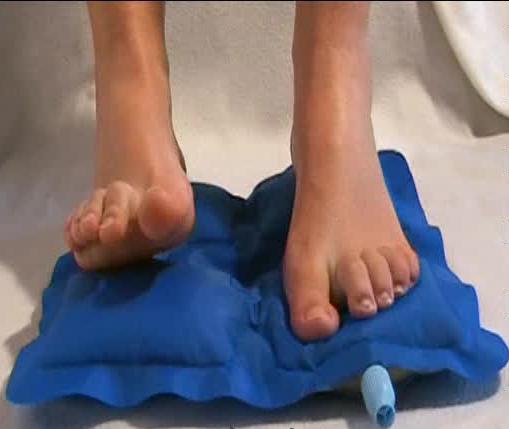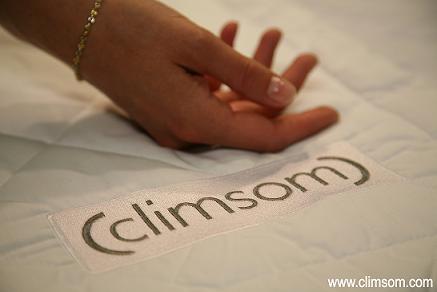Blood circulation
Blood, pumped by the heart, travels in our arteries to all our organs. From there, it returns to the heart in the veins: the return
circulation.
The heart is the primary driving force for arteries. Then the leg veins must flow back blood from the feet to the heart and
contend with gravity, which tends to suppress the blood in our feet.
Venous return
The most effective natural mechanism of venous return is the activation of the muscle pump of the legs when walking.
Pressing on the foot instep and contracting calf muscles during walking compresses veins and pumps the blood back to the
heart. Thanks to a system of vein valves blood cannot return back down to the legs.
This is why walking is an important exercise that has a beneficial effect on venous circulation and the lack of it may be
noxious.
Factors acting against venous return:
- Gravity that holds the blood in the lower limbs.
- Elasticity of veins: over-distension limit the volume of blood returned to the heart.
- Abdominal tension caused by constipation.
How to avoid venous stasis?
To avoid the occurrence of venous stasis and problems related to poor venous return, it is necessary to walk at least 30
minutes a day to activate the muscle pump.
But what if our lifestyle doesn’t allow us to walk that much?
The solution is simple:
AIRVEIN offers the answer to this deficiency.
The exercises are simple and easy. They imitate the work of the muscles of the thighs and calves while walking, to activate
the venous return and eliminate venous stasis.
AIRVEIN relieves and prevents heavy legs, numbness, swelling and pain.
Thanks to AIRVEIN it is possible to walk in sitting position. The exercises performed with AIRVEIN activate the muscle pump
and venous return while sitting.
How do the veins of our legs work?
The lower limb venous system ensures the return of blood to the heart and lungs.
The veins of our legs are organized into two networks:
- A network of deep veins concealed within the muscles and therefore invisible;
- A network of superficial veins, sometimes visible under the skin as blue nets.
While standing or sitting, gravity slows down the venous circulation running back to the heart. So that the gravity doesn’t
cause blood to flow back into the veins when we are standing or sitting, the entire venous system of the legs has a very
powerful system of anti-reflux valves.
Role of muscles that support the deep veins
The close connection between the tone of the calf muscles and the diameter of the intramuscular veins has been known for a
very long time. It was recently confirmed by a study conducted by BED REST-CNES (Centre National d'Etudes Spatiales).
It has been proven that in order to reduce the expansion of the veins due to the muscle atrophy, deep muscles, also known as
postural muscles, play a greater role in the venous return than superficial muscles, and it is necessary to find activities that
will mobilize both agonist and antagonist muscles to work simultaneously performing high amplitude exercises. These criteria
have led researchers to define an Active Vascular Gymnastics, new physical method to strengthen the vein walls of the lower
limbs. Postural muscles are an important element of the compression of the deep venous system. 80% of the deep venous
system is located inside the postural muscles of the lower limbs.


Who we are?
Legal notice
Sale conditions
Investor relations
Partners
References
PressBook
Exhibitions
Links
Favorite links
Blog
Professionals
Venous insufficiencies
Heavy legs
Venous return
Airvein
Contact
Secure payment
Shipping
International shipping
Shop










55 €
Shipping in Europe : included
Delivery in 4 - 8 days
























